Ash hair color: shades and methods of obtaining
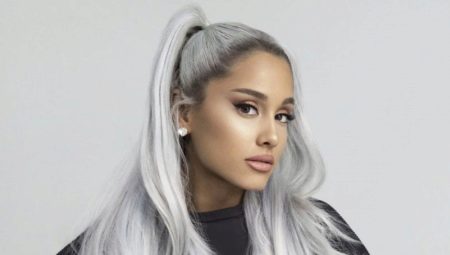
The presence of ashy hair no longer means gray hair. On the contrary, even the youngest girls dye their hair in shades of gray - steel, coal, gray. At first, a cold silver blond gained popularity, and then they began to add ash to shades of light brown, and to chestnut, and even to chocolate.
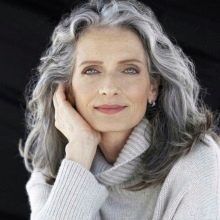
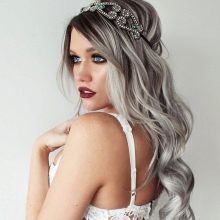
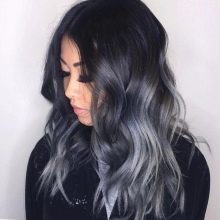
Peculiarities
One of the most elegant and sophisticated shades of hair is considered to be cold ash. It is also the most difficult to obtain and to take care of. At the same time, a number of ash tones are quite universal, they look great on both women and men. Of course, it is the cold ash that will make its owner noticeable and memorable.
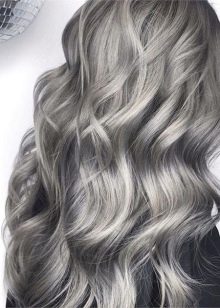
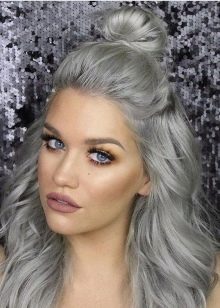
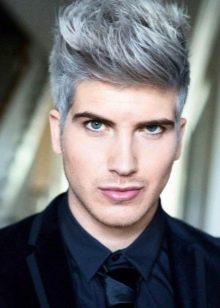
Cold ash tones are both light and dark, conditionally they can be divided into several shades.
- Ash-blonde gamut - universal shades for fair-skinned women.
- Ash pink colors - decoration for young women of fashion who want to stand out from the crowd.
- Dark ash - the lot of brave women with bright and expressive features.
- Ash chocolate - sounds like a combination of incongruous, but in fact it looks very fashionable and fresh. It suits both fans of the classic style in clothes and hairstyle, and those who like to look luxurious and catchy.
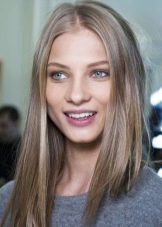

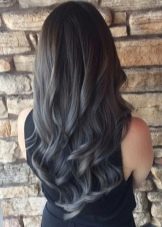
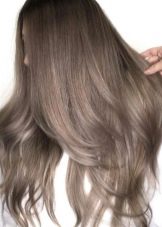
Ash tones have a wide palette, however, it is best to consult a professional colorist to get the desired shade. There are a number of tips for those looking to achieve one of the ash shades in their hair.
- Self-dyeing strands with any of the warm shades of blond to ash can lead to a green tone.It is for this purpose that even blondes are subjected to soft discoloration in salons before dyeing in cold tones. At home, it is undesirable to experiment on yourself if your goal is ash hair.
- Initially dark hair needs to be bleached too. This process is best carried out under the supervision of a professional colorist, since it is very easy to damage the strands with an oxidizing agent, but restoration will take a long time.
- Ash is one of the most unstable shades, it needs to be constantly updated. In addition, it is prone to yellowness, so care after staining must be very careful. Be sure to use shampoo with a blue or purple undertone.
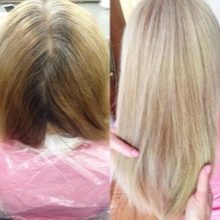
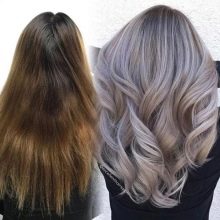
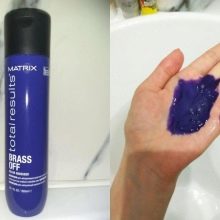
Who is it for?
Since all ashy tones belong to the cold range, they will go exclusively to representatives of cold color types: winter and summer. Of course, summer "dusty" beauties with a low-contrast appearance should stop at ash-blonde.
When choosing any of the tones of ash (this especially applies to its lightest shades), you need to remember that they are intolerant of skin imperfections: they will accentuate every speck, pimple, unevenness or wrinkle. Old ladies should be careful with the ash one for another reason: it does not make you look younger, but, on the contrary, visually adds years.
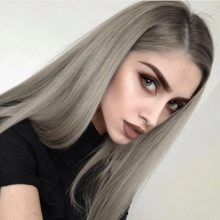
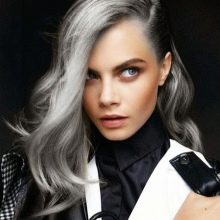
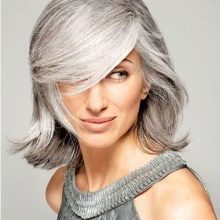
If you have smooth light skin, eyes in shades of green, blue or gray, you belong to the winter or summer color type, you can safely experiment with cold ash tones in your hair.
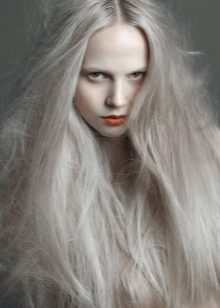

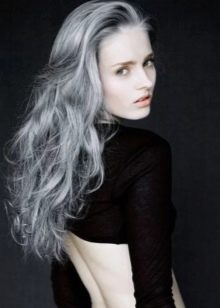
Color palette
An ashy undertone can be added to every color from the cool palette, except perhaps the blues and blacks and other darkest tones. Ash can be blond, light brown, and chestnut - from light to medium-dark. Wherein it is important to take into account the fact that none of the shades of ash has natural analogues (except, of course, gray hair). Therefore, in a situation of hair dyeing in ashy tones, there can be no question of a natural effect, on the contrary, hair tinted in this way looks deliberately unnatural, which is, in fact, the goal.
To make the right choice, you need to focus on a tone that is as rich as your natural one.
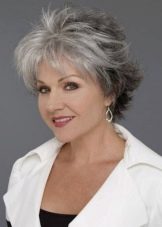

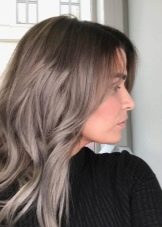
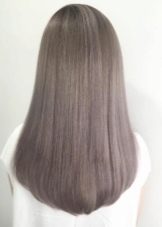
Ashes can be "mixed" with both dark-blond and light-blond colors. You just need to make sure that the natural hair color also belongs to the cold palette.
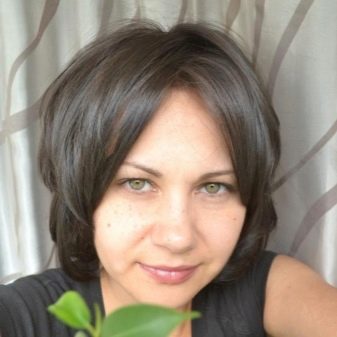
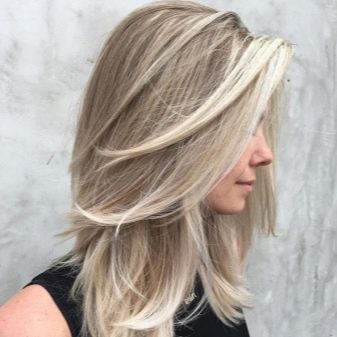
Ash blond is the most sophisticated variation of the whole range of ash shades. But it will also go to a very limited number of women. Their skin must certainly be pearl-porcelain without a spontaneously appearing blush, not have any flaws. Eyes should be bright, facial features - textured, exquisite sculpting. Only then will a mother-of-pearl or pearl blond without the slightest signs of yellowness truly adorn the girl, and she will not be lost against its background. The bluish tint in the ash-white strands will go exclusively to green-eyed beauties with alabaster skin.
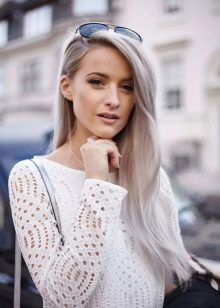
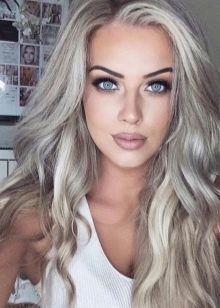
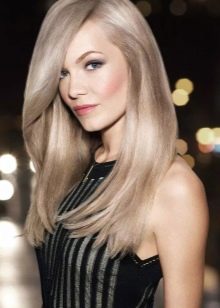
Pearl (crystal) ash blond is the lightest shade of transparent ash. It also features a pearlescent glow that creates a halo effect around the head. Due to the presence of platinum and pearl strands, the color plays, moves. The hair roots can be made a little brighter, deeper, then the color will become even more saturated.
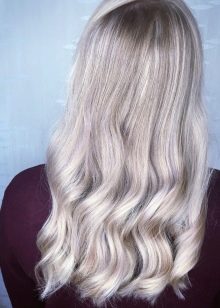
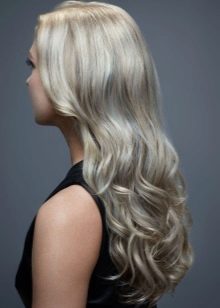
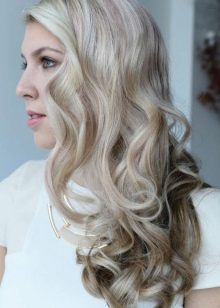
As for the gray-ash, the best illustration for understanding how this shade looks like will be the cooled ash in a fire that has burnt to ashes. This shade is most beautiful not in total coloring, but in thunder, then it acquires even greater depth and expressiveness. An additional effect will be given by the super-fashionable matte version of the thunderbolt, in which the hair is deliberately devoid of shine.
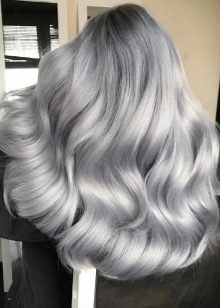
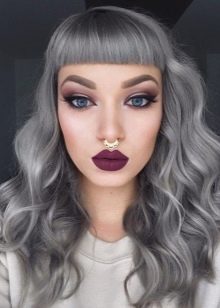
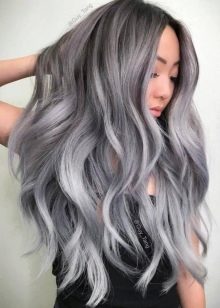
Ash beige is one of the most sophisticated tones that are extremely popular with movie stars and models. It is unusually beautiful, complimentary to the skin, highlighting it.However, this beige tone does not tolerate round cheeks and obvious skin imperfections, emphasizing them and visually making them even more noticeable.
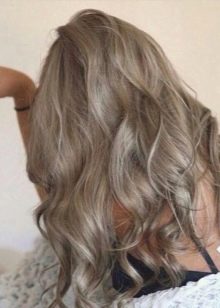
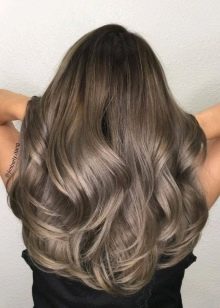
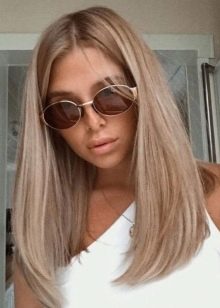
Silver-brown hair tone is more "democratic" and sparing both in relation to the appearance of its owner and the amount of damage done to the hair. Ash chestnut is suitable not only for women with a cold type of appearance. In addition, it perfectly refreshes the appearance, therefore it will beautify the fair sex at any age.
It should be borne in mind that this shade of strands is picky about the owner's appearance, so make-up (not necessarily evening, but emphasizing facial features) will have to be done.
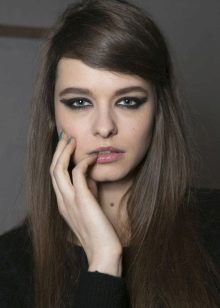

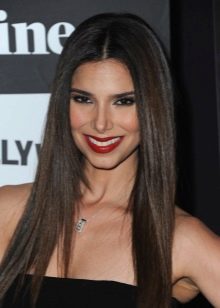
Ashes can be added to tones such as hazelnut or caramel to add sophistication. The matte effect is very popular, which gives additional "dustiness" to the strands and makes their overall look stylish and sophisticated. In stretching shatush, this tone is unusually effective.

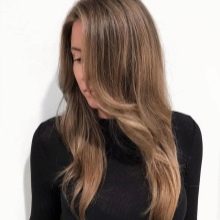

Dark ashy hair tones are for brave women who are not afraid to look bright, catchy and noticeable. It will beautify only the owners of good even skin and dark eyes. The lighter your iris, the more likely dark ash will not work for you.
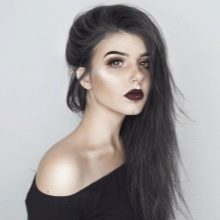
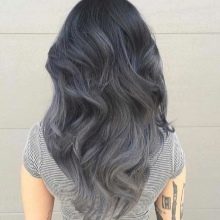
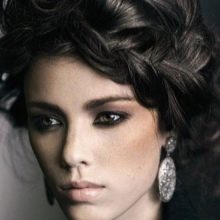
Another trendy shade of ash is dusty rose, also called antique rose. He is often chosen by young girls, and it should be noted that it is to this category of the beautiful half of humanity that he goes most of all. It has a peachy undertone while remaining cool. Ash-blue is another "favorite" of young people, an incredible cosmic tone that has a silvery hue. A variety of it is blue ash, deeper, it can even go into subtones such as teal or indigo. Such coloring will go only to bold and extraordinary personalities, whose style is as unusual as the choice of hair color.
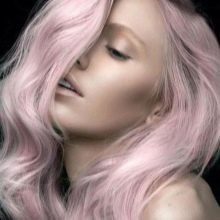
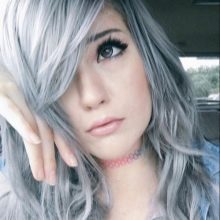
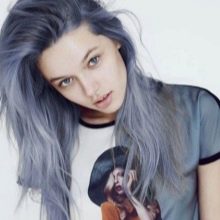
Ash lilac is another bold yet very feminine shade. It will adorn romantic people, lovers of beautiful dresses, long skirts and elaborate hairstyles.
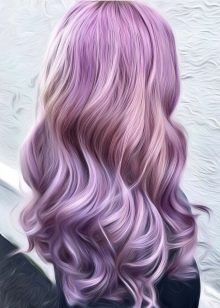
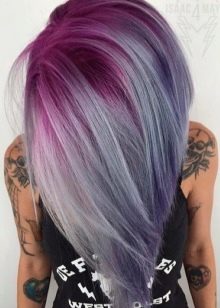
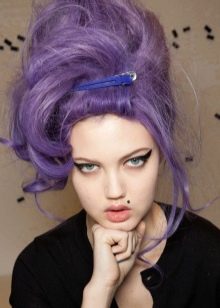
Podium watercolor painting is gradually coming to life, because it is so beautiful that the most determined clients ask their masters to depict this on their hair. Such overflows of color will make the owner noticeable, give originality and sophistication. However, it should be remembered that only healthy hair will look beautiful with this experimental coloring.

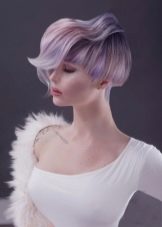
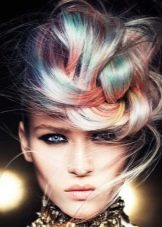
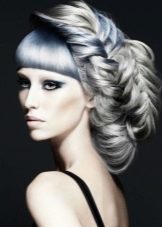
Another option for brave girls is metallic. It is characterized by several options, and steel is one of the most spectacular. Such hair is not just dyed hair, it is a real work of art. Of course, having painted them in a similar way, it is necessary to constantly maintain the quality at a height, carefully looking after the strands, and also updating the color.
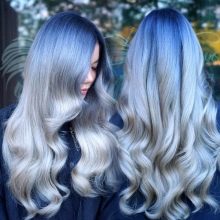
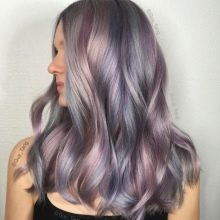
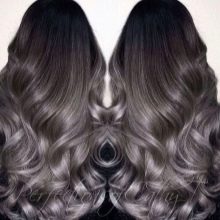
Choice of paint
The best solution would be to use professional paint. Colorists tend to mix several shades to create an unbroken, multidimensional tone that suits exactly the client for whom it is being created.
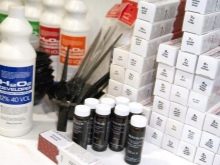
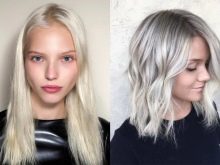
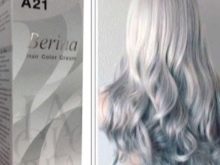
You can also try mass-produced products. Almost every major manufacturer of hair dyes - Palette, Garnier, L'Oreal, Schwarzkopf, Estel and others - there is a line of ash shades. You need to carefully study the packaging before purchasing to find out what is the most likely result on your original hair color.
You can dye your hair yourself only in one case - your hair is initially light, and you yourself belong to the summer color type.
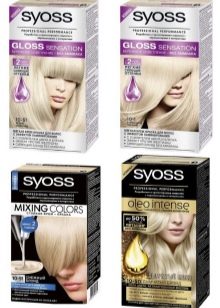
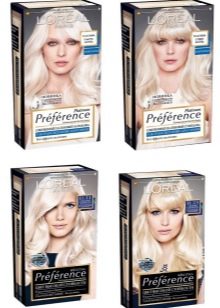
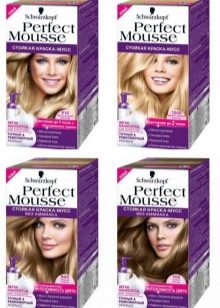
All other cases require a visit to the salon. Strands dyed in dark tones need to be washed off the dye, and brunettes and brown-haired women by nature will have to be lightened before dyeing. Only after washing off the paint or lightening the initially dark hair can a mixed shade of several colors be applied to them. Then the result will be a beautiful ashy hair without yellowness.Some masters offer to "laminate" freshly dyed hair. If you're wearing straight strands and not curling, the sentence makes sense. Lamination will extend the life of the ash shade and make your hair look healthier and shinier.
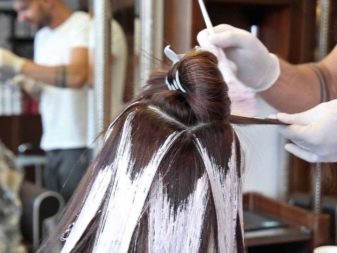
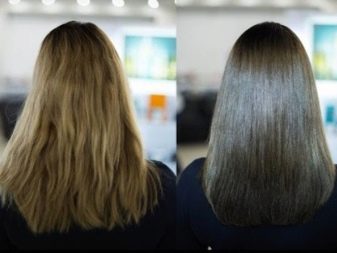
Staining techniques
Today's achievements in the field of hairdressing are such that even total coloring does not imply one monotone color. That is, if you come to the salon and ask the master to paint you, for example, in the color of an antique rose, this does not mean that one tone and one dye will be used in the coloring process. Even if the master does not use any of the partial staining techniques - ombre, balayazh, shatush or others - the paint will be mixed for you in such a way that the resulting result has a volumetric color, depth and beautiful play.
Hair, dyed evenly in one tone, has long gone out of fashion and testifies to both problems with taste in their owner, and a lack of professional skill in the colorist.

To create beautiful color transitions, a partial coloring technique such as ombre is suitable, more precisely, its variation in shades of gray - thunder. This is a very fashionable technique today, especially popular with young girls.
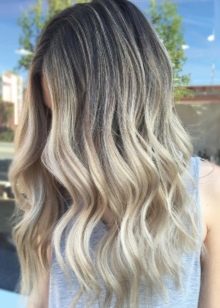
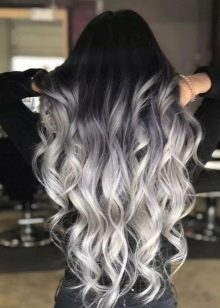
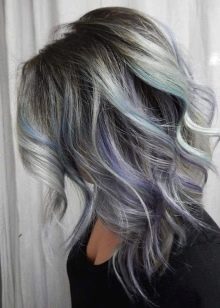
Balayazh, made in cold ash tones, looks very impressive. Its owner will be noticeable in any number of people. Balayazh - toning hair perpendicular to their growth. Most often, contrasting shades are used for staining in this technique. The master colorist and the client make a joint decision regarding shading - it can be either practically absent, and then the balayage has very clear boundaries of color transitions, and smooth, carefully executed, and then the transition from one tone to another occurs almost imperceptibly.
It takes 20 minutes to perform balayage with clear color boundaries. Hair is fixed with mousse, divided into strands and applied to each dye composition. Thus, there is a clear marking of the color boundaries. For a "smooth" balayage you have to work hard. The strands are very thin, each of them is fixed with an elastic band. A piece of foil is placed under the lower part of each strand, paint is applied with a brush, and the top is also covered with foil.
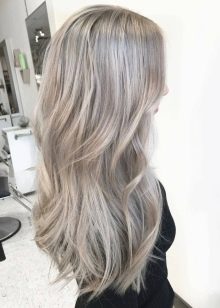
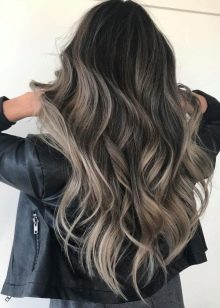
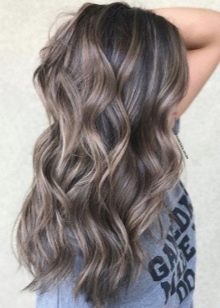
Darkened roots (the so-called rooting) is also a very fashionable staining technique today. The same applies to the smoky blonde (in this case we are talking about ash-platinum blonde tones), dark growing roots with tips tinted in a platinum or pearl shade look very interesting.
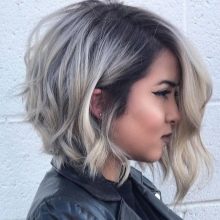
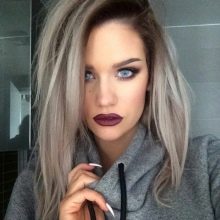
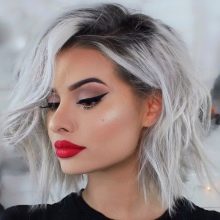
Shatush or color stretch is another partial staining technique. The color goes from dark at the roots to light at the tips. The longer the hair, the more effective the stretch looks. Shatush technology does not provide for dyeing all hair. The strands are chosen randomly, there are a lot of them, and they are very thin. And also for the shatusha, a significant indent from the root zone of the hair is characteristic. The disadvantage of this technique is that it does not look good on a short haircut. Better to stay on thunder or balayage.
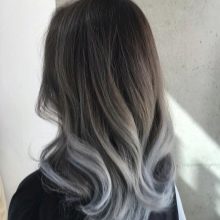
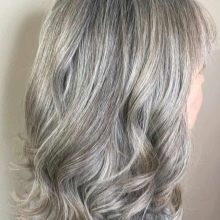
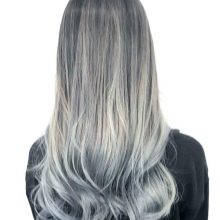
Procedure recommendations
For hair dyed in any color (including dark blond with shades of golden), you will need to first remove the paint. Only after that you can proceed to toning in ash. The easiest way is to work with hair that is naturally light or bleached in whole or in part using the technique of highlighting, ombre, balayazh, or shatush. Then the lightened part of the hair is simply tinted with the desired shade of ash.
If your hair is naturally quite dark, you may need more than one lightening. You should not use a highly concentrated solution of a clarifier - after all, this can burn the strands. It is better to take a weaker solution, lightening the hair or part of it (depending on the chosen staining technique) by 2-3 tones.After a while, you can lighten them again, provided that thorough restorative care is carried out in the interval between the lightenings.
If your hair is originally black or dark brown, you may need to bleach three times. It is better to do all this in the salon, with a master who has performed a similar procedure more than once or twice. At home, you can get a completely unpredictable result, the consequences of which you will have to get rid of in the same place - in the salon.
After the strands or part of them are lightened to the desired tone, they are dried with a hair dryer and painted in the desired tone of cold ash.
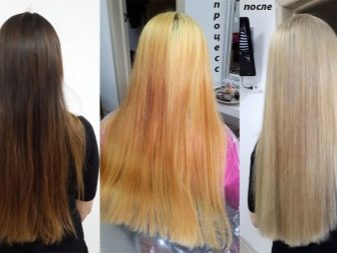
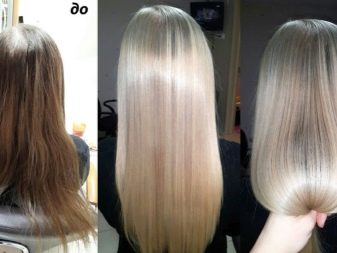
Curl care
Ash shades are very capricious, quickly lose their cold tone, give in to yellowness and are prone to fading. Therefore, immediately after dyeing and until the next visit to the colorist, tinted hair must be carefully looked after.
Do not forget that any ash toning is carried out on pre-bleached hair or on previously colored hair, from which the paint was removed with a chemical composition (with the exception of very light natural strands).
Therefore, hair tinted in ashy shades is empty and porous throughout its bleached part, which means it is prone to loss of shine and increased fragility. In order to return shine and strength to strands that have been exposed to such strong, and often repeated, exposure to oxidants as soon as possible, you need to regularly take care of them.
- The ash range is cold, therefore, care must be taken that the hair does not turn yellow. This applies not only to shades of ash-blond, but also ash-blond gamut, and ash-chocolate. In the fight against unwanted yellowness, appropriate shampoos with purple or blue pigments will help. They can be alternated with the usual products for colored hair, but you need to use it regularly, the frequency depends on how many times a week you wash your hair.
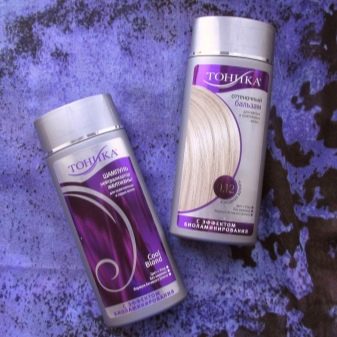
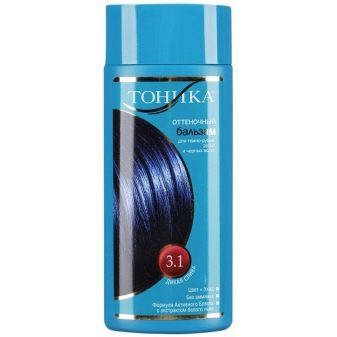
- It is not only shampoo for colored hair that must be used. Since the strands that have undergone lightening need especially careful care, they need both nourishment and hydration. This will require a balm, mask, serum, oil for the ends of the hair. Opt for a line that contains ceramides, proteins, oils and amino acids, this comprehensive care will ensure the fastest possible restoration of hair health.
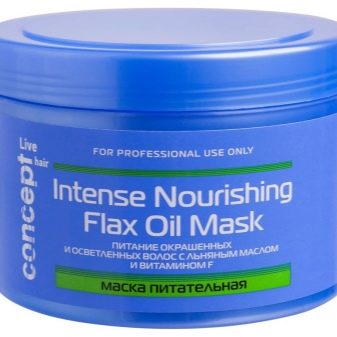
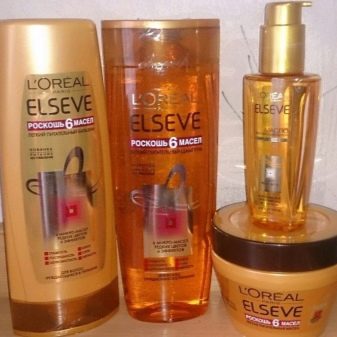
- Serums are responsible for the shine of the strands. When exposed to lightening compositions, the hair becomes empty, loses its pigment, and with it - and shine. Therefore, a leave-in shine serum is your best friend.
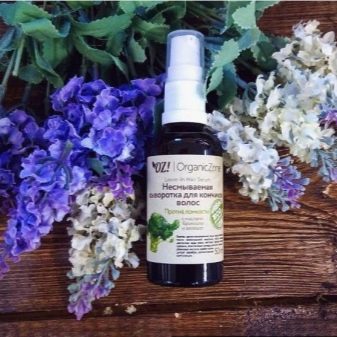
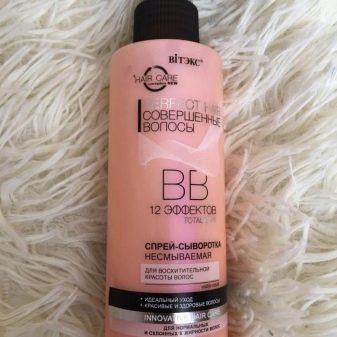
- Oils are needed to prevent tinted curls from resembling a bast. Masks and serums are great, but only "heavy artillery" in the form of natural oils - shea, argan, almond, coconut and others - will provide deep nourishment of the hair, its smoothness, health and shine. Apply oils “warm”, that is, after generously lubricating your hair, put a plastic cap on your head and wrap it in a warm towel.

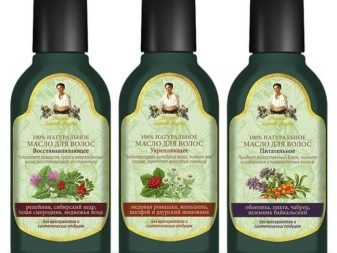
- For the first time after toning, refrain from using a hair dryer, curling iron and iron. In the future, always use thermal protection products when using them.
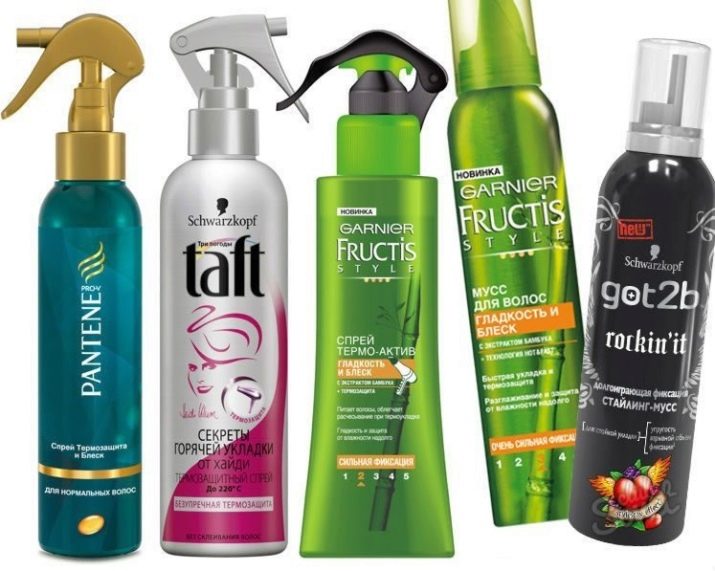
- The sun is the enemy of cold ash strands, under its influence the hair burns out and turns yellow. Get SPF and a wide-brimmed hat for the entire sun.

- Comb with a sparse-toothed comb. Avoid brushing wet hair if possible.
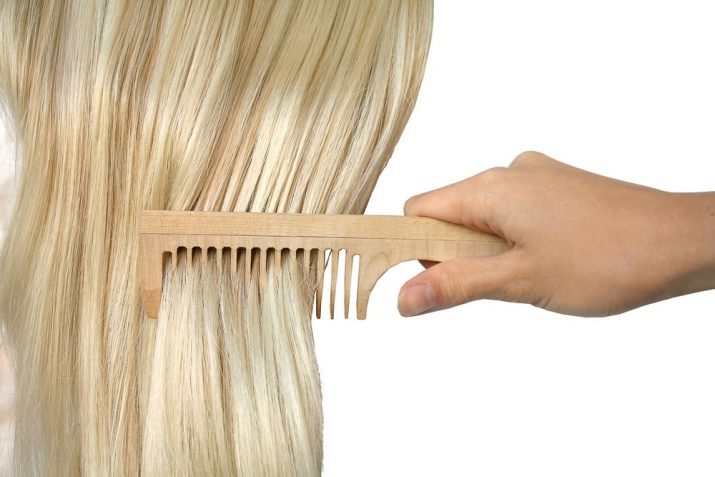
- After dyeing, it is undesirable to visit the pool for a week or two. Chlorinated water and salts in it can cause tinted hair to turn green. In the future, it is recommended to lubricate your hair well with oil, when going to swim.

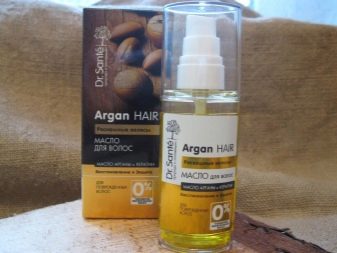
Advice
If you're not ready for a radical full ash toning, start at the ends of your hair.This will give you an idea of both the color and whether you want to wear it on your head.
If you belong to an obviously warm color type - spring or autumn, try those shades that are at least a little close to your appearance: antique rose, ash beige or chocolate. Start with partial coloring, then even if something goes wrong, you can always get your wheat or copper curls back.
Do not tint your hair in ashy if you are not ready for a systematic thorough care of it in the periods between dyeing and for the constant renewal of toning.
Below you can see a master class on the selection of ashy shades and care for dyed hair.








